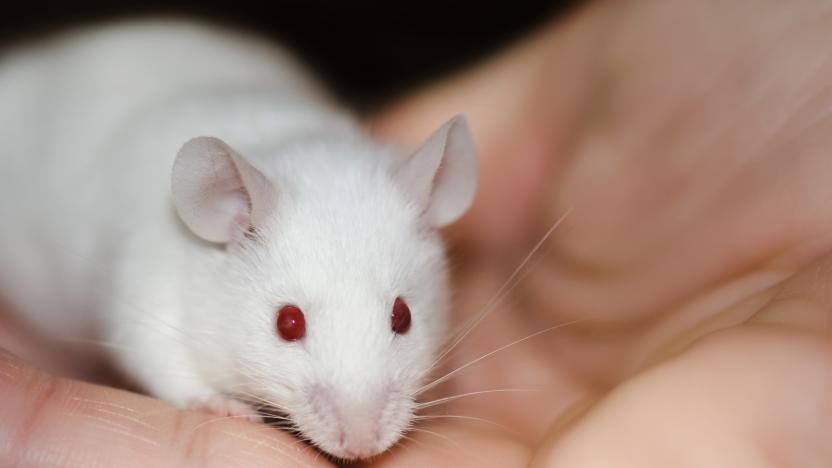nanorobots
Latest

Researchers use nanorobots to kill tumors in mice
Our current methods of fighting malignant tumors are wildly inadequate. Chemotherapy and radiation treatments, while sometimes successful, come with massive side effects, mainly because every other cell in the body is also getting bombarded with chemicals and radiation even though the main targets are the tumor cells. Finding a way to specifically target tumor cells while leaving healthy cells alone is something that many researchers are working towards and a new study out today demonstrates that nanorobots made out of DNA could be an effective option.

Georgia Tech models swimming, cargo-carrying nanobots
The nanobot war is escalating. Not content to let Penn State's nanospiders win the day, Georgia Tech has answered back with a noticeably less creepy blood-swimming robot model of its own, whose look is more that of a fish than any arachnid this time around. It still uses material changes to exert movement -- here exposing hydrogels to electricity, heat, light or magnetism -- but Georgia Tech's method steers the 10-micron trooper to its destination through far more innocuous-sounding flaps. Researchers' goals are still as benign as ever, with the goal either to deliver drugs or to build minuscule structures piece-by-piece. The catch is that rather important mention of a "model" from earlier: Georgia Tech only has a scientifically viable design to work from and needs someone to build it. Should someone step up, there's a world of potential from schools of tiny swimmers targeting exactly what ails us.

Autonomous robotic fleas could create distributed sensor network
We've seen a fair bit of mesh networking approaches lately, and thanks to a unusual project going on at the University of California, Berkeley, the next great ad hoc network could be started by a horde of bugs. Sarah Bergbreiter has developed an "autonomous robotic flea has been developed that is capable of jumping nearly 30 times its height," thanks to what could possibly be hailed as the "world's smallest rubber band." Interestingly, the creator hopes that the minuscule bugs could eventually be used to "create networks of distributed sensors for detecting chemicals or for military-surveillance purposes." The Smart Dust initiative could eventually be expanded to grow wings, but for now the solar-powered bugger will stick to hoppin' via a "microcontroller to govern its behavior and a series of micro electromechanical systems (MEMS) motors on a silicon substrate."[Via BoingBoing]


